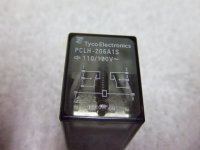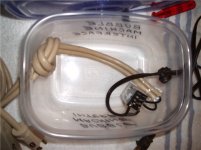Uncle Al
New member
For 2013 I am switching from LOR controllers over to Renard SS24's and some SSR's in my display. All of the SSR's that I have looked at are limited to 2 amps per channel max. I have a few channels in my display that pull 2.1 amps. Are there any SSR's that will handle at least 3 amps or more per channel? Any Renard boards that will?


